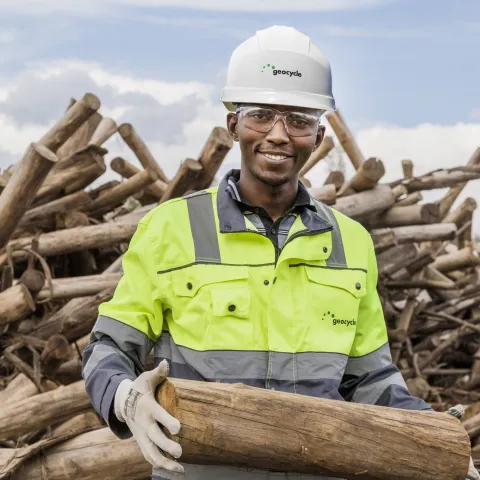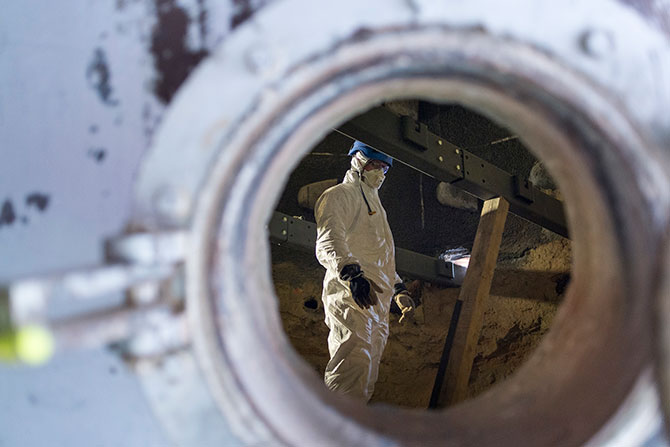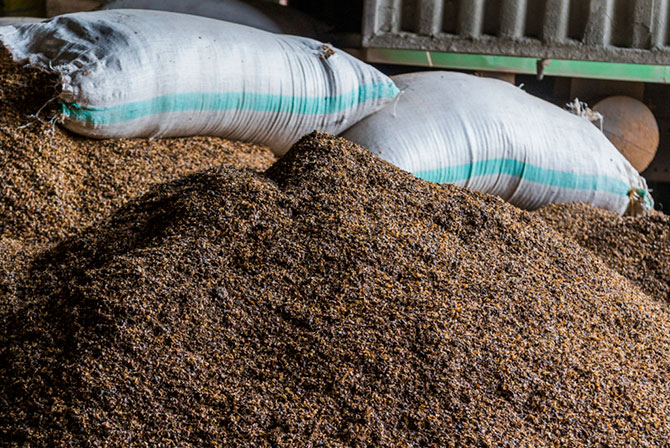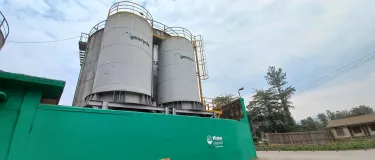Geocycle
Cement manufacturing consumes non-renewable raw materials in large quantities and emits significant levels of CO2. To meet this challenge, Hima Cement Limited has been committed to rethinking industrial processes to use one industry's waste products as resources for another.
Waste treatment is seen as a time-consuming and costly headache by many businesses and municipalities. Mistakes or poor performance in waste management may also expose organizations to major environmental and reputational risks and penalties. Since the 1970s, Holcim has pioneered the co-processing of waste materials, and for decades developed innovative and tailored industrial and municipal waste management services for a wide range of customers. This heritage of innovation continues under the Geocycle brand which maintains a network of more than 50 operations that together comprise one of the world’s leading providers of waste management services.
Geocycle Uganda
With the ever-growing urbanization, Uganda faces the immense challenge of balancing efforts to meet human needs, while preserving the environment. Responsible waste management is crucial to these efforts.
Geocycle works with regulatory bodies, government, communities and other groups to increase awareness about waste issues. At Geocycle, we are experts in working with a range of manufacturing, processing and service industries, including paint companies, beverage companies, oil and gas etc.
Through the company’s innovative, sustainable waste practices, and by working with customers and other stakeholders, the long-term goal is rethinking waste management.
Environmental and Societal Benefits
● Use of renewable energy i.e. biomass for climate change mitigation through carbon foot print reduction
● Heat recovery from wastes that include dolochar, carbon black, used oil, waste paint and plastics
● Win-win mutual benefit to Hima Cement and our stakeholders. For example coffee farmers within Uganda benefit from income realized from sale of coffee and husks hence improved household income
Why find uses for waste?

Being conscious of its environmental impact, Hima Cement Ltd. has long sought ways to reconcile industrial needs with the preservation of ecosystems. Adding value to waste by using it as alternative fuel or raw material enables Hima to:
- limit greenhouse gas emissions by reducing the use of nonrenewable raw materials and fossil fuels (oil, coal, etc.)
- diversify energy resources and reduce energy costs by limiting dependence on traditional fuels
- serve the community by recycling waste that would otherwise need to be processed and eliminated.
In this way, Hima's practice benefits the community and the environment while increasing efficiency and cost-effectiveness at a business level.
Industrial waste

Industrial waste is the residue from industrial production, processing or use. Waste products from one industrial process can serve as alternative fuels and raw materials for another. Co-processing enables us to conserve fossil fuels and raw materials while serving the community by processing waste in an economical way that reduces the waste that goes to the landfills and also from greenhouse gases.
Alternative Fuels at Hima Cement

The objective is to reduce carbon emissions by substitution of fossil fuel by using alternative fuels that are available in the market. Hima Cement Ltd. is currently making use of the coffee husks, gnut husks, rice husks, baggase, sawdust as alternative fuels to run the kiln. The utilization of these agricultural and forestry biomass residues prevents uncontrolled burning and dumping in landfills.






